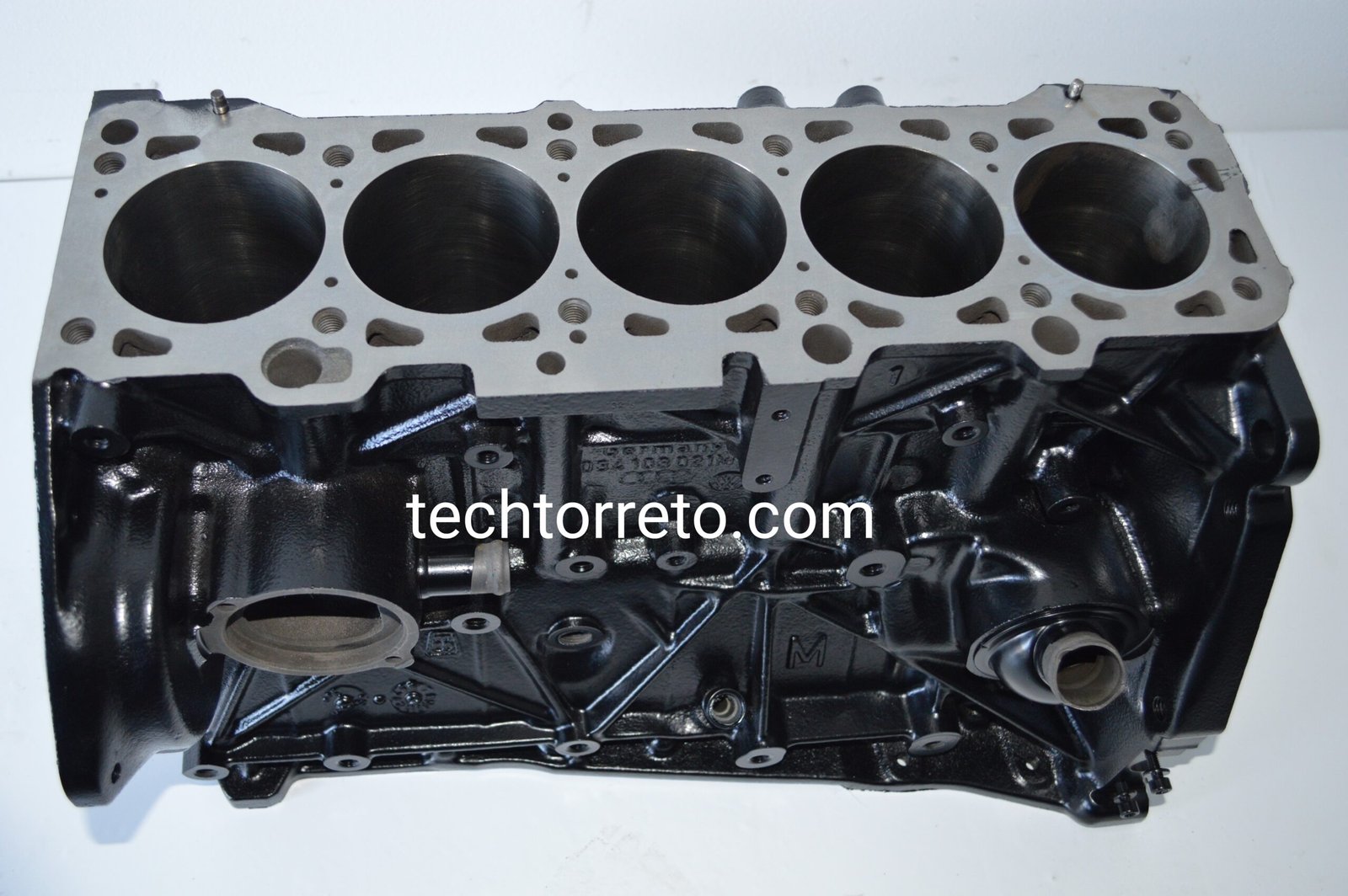Complete Guide to Audi 5 Cylinder 10V Turbo Valve Shims

Introduction to Audi’s 5 Cylinder 10V Turbo Engine
audi 5 cylinder 10v turbo valve shims has long been a symbol of durability and performance. Originally seen in iconic models like the Audi Quattro, this engine design combines reliability with impressive torque. However, maintaining its performance requires understanding the small but crucial parts—like valve shims.
What Are Valve Shims and Why They Matter
Valve shims are tiny discs that sit between the camshaft and the valve lifter. Their purpose? Maintaining the proper valve clearance. If this clearance is off, it can lead to poor combustion, excessive wear, or valve damage. In high-performance turbo engines, such as the Audi 5 cylinder 10V, precision is everything. Even slight deviations can significantly affect performance.
Compatibility with Audi 5 Cylinder 10V Turbo Engine
Not all valve shims fit every engine. For the Audi 5 cylinder 10V turbo, valve shims must adhere to precise diameter and thickness specifications. Whether using OEM or quality aftermarket parts, ensuring compatibility helps preserve the longevity and efficiency of your engine.
Materials Used in High-Performance Valve Shims
Valve shims must endure extreme heat and friction. Therefore, they’re typically made from hardened steel or coated metals designed for high-temperature resistance. Performance variants may include coatings to reduce wear, offering improved durability over long intervals.
Symptoms of Worn or Incorrect Valve Shims
One of the earliest signs of a valve shim issue is a ticking or tapping sound from the valve cover area. In addition, you may experience rough idling, misfires, or reduced throttle response. Left unchecked, it could lead to severe engine damage.
Tools Needed for Valve Shim Replacement
Here’s what you’ll need:
- Feeler gauge
- Micrometer
- Shim kit
- Valve shim tool (specialty)
- Torque wrench
Using the right tools ensures that measurements are accurate and the installation is smooth.
Step-by-Step Process to Replace Valve Shims
- Remove the valve cover and inspect the camshaft.
- Measure current clearance with a feeler gauge.
- Note valve clearance values, compare them with OEM specs.
- Select the appropriate shim size using a micrometer.
- Replace old shims and reassemble.
Always double-check measurements before starting the engine.
Valve Clearance Specifications for Audi 10V Turbo Engines
Factory specifications for valve clearance usually fall between:
- Intake: 0.15mm–0.25mm
- Exhaust: 0.30mm–0.40mm
Consult your service manual for precise tolerances.
Measuring and Selecting the Correct Shim Size
When the clearance exceeds recommended values, a thinner or thicker shim is necessary. For accuracy:
- Use a feeler gauge to measure clearance.
- Compare with OEM specs.
- Select the new shim from a comprehensive shim kit.
Common Mistakes to Avoid When Replacing Valve Shims
- Ignoring torque specs
- Choosing the wrong shim thickness
- Forgetting to measure both intake and exhaust clearances
- Installing used or damaged shims
Avoiding these mistakes can save you from costly repairs down the line.
Benefits of Regular Valve Shim Maintenance
Keeping your valve shims in check results in:
- Better combustion
- Reduced fuel consumption
- Quieter engine operation
- Prolonged engine life
Routine maintenance pays off in the long run.
Cost of Valve Shim Replacement and Labor
Valve shim kits cost anywhere from $50 to $150. Labor, however, can run up to $500 depending on your location. Doing it yourself can save significantly if you have the tools and knowledge.
Aftermarket Valve Shims vs OEM: Which One to Choose?
OEM shims are reliable but expensive. Aftermarket options offer similar performance at a lower price. Ensure they are made to the same tolerances and materials before making a purchase.
Expert Tips to Extend Valve Shim Life
- Let your engine warm up before driving hard.
- Use high-quality motor oil.
- Regularly inspect valve clearances during tune-ups.
Following these practices helps keep the engine running smoothly for years.
FAQs
1. How often should I check valve shims on an Audi 5 cylinder 10V turbo?
Every 60,000 miles or during major service intervals.
2. Can I reuse old valve shims?
It’s not recommended. Always replace with new, measured shims.
3. Do aftermarket valve shims affect performance?
Not if they match OEM specs and are made from quality materials.
4. What happens if valve clearance is too tight?
It can cause valve burning and loss of compression.
5. Are valve shims specific to each cylinder?
Yes. Each valve may require a different shim size depending on wear.
6. Is this a DIY-friendly job?
It requires technical skill and precision tools. Not recommended for beginners.
Conclusion
Valve shims may be small, but they’re a critical part of the Audi 5 cylinder 10V turbo engine’s performance. Regular checks, the right tools, and accurate measurements ensure your engine runs efficiently and reliably. Whether you’re restoring a classic Audi or maintaining a daily driver, never overlook the value of proper valve shim care.